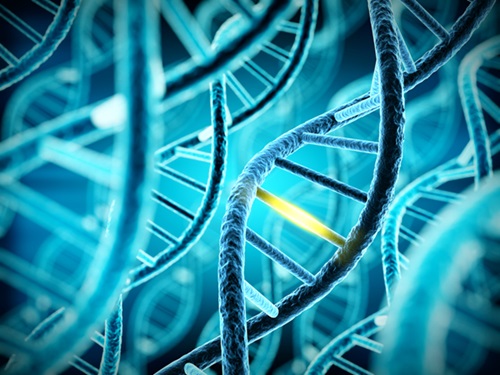New Technique Reveals Earliest Signs of Genetic Mutations
Posted on 14 Jun 2024
Mutations are alterations in the molecular "letters" that constitute the DNA code, which serves as the blueprint for all living cells. While some of these changes may be inconsequential, others can lead to serious diseases, including cancer. Now, a new study has introduced a groundbreaking technique that can accurately identify early molecular changes in the DNA code that precede mutations. This new method could enhance our understanding of the fundamental causes of mutations in both healthy and cancerous cells, as well as how genetic changes accumulate naturally in human cells as individuals age.
The technique, known as HiDEF-seq (Hairpin Duplex Enhanced Fidelity Sequencing), was developed by researchers at NYU Langone Health (New York, NY, USA), along with collaborators across North America and in Denmark. It focuses on resolving the initial stages of mutation occurring in DNA. DNA consists of two strands, each made up of molecular letters or bases: adenine (A), thymine (T), guanine (G), and cytosine (C). The bases on one strand pair specifically with those on the other, with A pairing with T and G pairing with C, which ensures the DNA code is replicated accurately and transmitted from one cell generation to the next. Notably, mutations are alterations that appear in the DNA on both strands; for example, a G-C base pair might mutate into an A-T base pair.

However, the researchers point out that most mutations originate from changes that occur in just one of the DNA strands, such as a mismatched G-T base pair. These single-strand changes, which previous testing methods could not precisely identify, may happen when a DNA strand is incorrectly copied during cell division or when a strand is damaged by heat or chemicals in the body. If these single-strand DNA changes are not repaired by the cell, they can become fixed and evolve into permanent double-strand mutations. The HiDEF-seq technique has demonstrated exceptional accuracy in detecting double-strand mutations, with an estimated error rate of only one in every 100 trillion base pairs analyzed. Importantly, HiDEF-seq can detect changes in the DNA code while they are still present on only one of the DNA strands before they change into permanent double-strand mutations.
"Our new HiDEF-seq sequencing technique allows us to see the earliest fingerprints of molecular changes in DNA when the changes are only in single strands of DNA," said senior study author Gilad Evrony, MD, PhD, a core member of the Center for Human Genetics & Genomics at NYU Grossman School of Medicine. "Our study lays the foundation for using the HiDEF-seq technique in future experiments to transform our understanding of how DNA damage and mutations arise. Our long-term goal is to use HiDEF-seq to create a comprehensive catalogue of single-strand DNA mismatch and damage patterns that will help explain the known double-strand mutation patterns. In the future, we hope to combine profiling of single-strand DNA lesions, as obtained from HiDEF-seq, with the lesions' resulting double-strand mutations to better understand and monitor the everyday effects on DNA from environmental exposures." The study was published in Nature on June 12, 2024.
Related Links:
NYU Grossman School of Medicine













